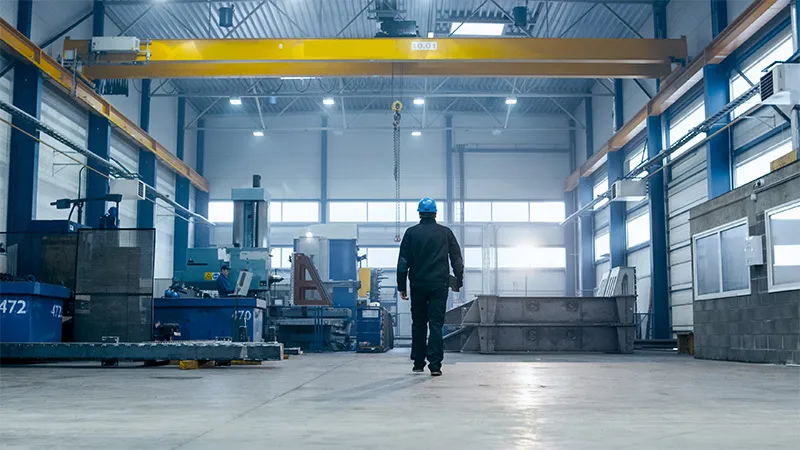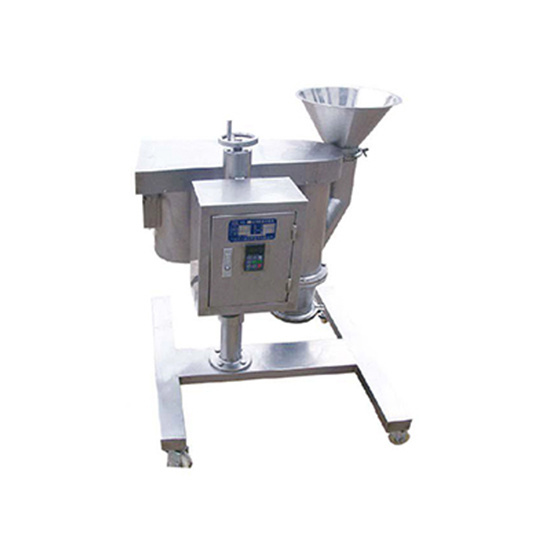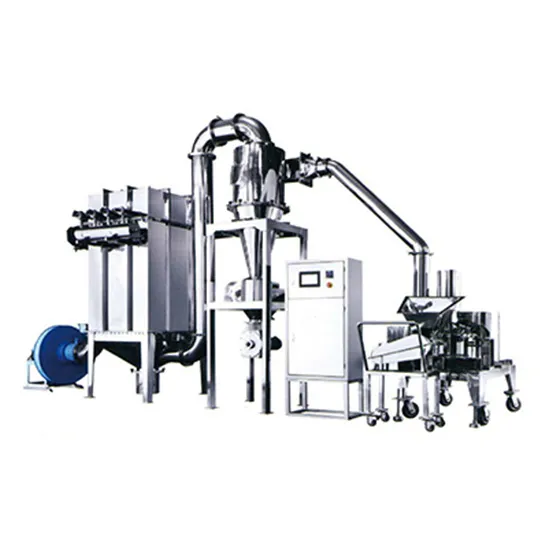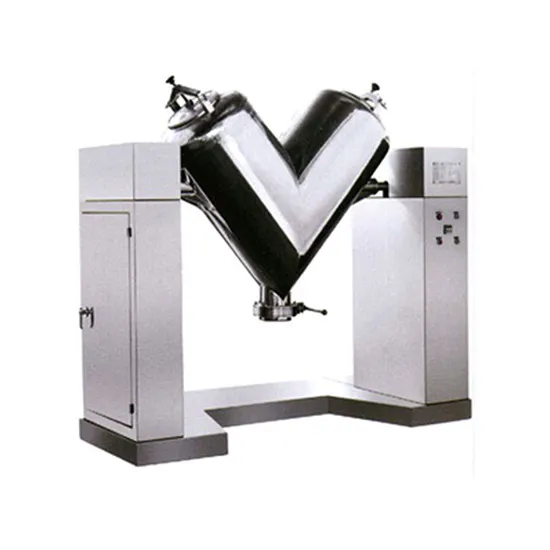NEWS
How Ultrafine Airflow Mills Revolutionize Grinding in Manufacturing
Jun 26,2025
How Ultrafine Airflow Mills Revolutionize Grinding in Manufacturing
Table of Contents
1. Understanding Ultrafine Airflow Mills
2. Key Advantages Over Traditional Grinding Methods
3. The Science Behind Ultrafine Grinding
4. Applications of Ultrafine Airflow Mills in Various Industries
5. Impact on Product Quality and Consistency
6. Improving Efficiency in Manufacturing Processes
7. Future Trends in Ultrafine Airflow Milling Technology
8. Frequently Asked Questions (FAQs)
9. Conclusion
1. Understanding Ultrafine Airflow Mills
Ultrafine airflow mills are advanced grinding machines that utilize high-velocity air streams to achieve particle size reductions to a sub-micron level. Unlike traditional milling methods that rely on mechanical force, these mills employ aerodynamic principles to create a highly efficient and controlled grinding process. This technology allows for precise adjustments to particle size and distribution, catering to specific manufacturing requirements.
2. Key Advantages Over Traditional Grinding Methods
The shift towards ultrafine airflow mills presents numerous benefits when compared to conventional grinding techniques. Here are some of the primary advantages:
2.1 Enhanced Material Preservation
Ultrafine airflow mills minimize thermal impact on materials, preserving their inherent properties and preventing degradation commonly associated with heat generation in traditional grinding methods. This leads to higher-quality end products.
2.2 Greater Production Efficiency
These mills allow for continuous operation with minimal downtime, significantly enhancing production rates. The streamlined grinding process means manufacturers can meet higher demands without compromising quality.
2.3 Versatility Across Materials
Ultrafine airflow mills are capable of processing a wide variety of materials, from soft to hard and brittle substances. This versatility makes them suitable for numerous applications across different industries.
3. The Science Behind Ultrafine Grinding
The operational principle of ultrafine airflow mills hinges on the use of high-velocity air to accelerate particles, causing them to collide with each other and break down into finer sizes. This collision-induced grinding mechanism contrasts sharply with the direct mechanical grinding, providing several advantages:
3.1 Particle Size Control
Manufacturers can fine-tune the particle size distribution by adjusting the airflow speed, inlet temperature, and material feed rate, ensuring that the final product meets precise specifications.
3.2 Reduced Energy Consumption
The aerodynamic design of ultrafine airflow mills optimizes energy use, leading to lower operational costs while still achieving high output.
4. Applications of Ultrafine Airflow Mills in Various Industries
Ultrafine airflow mills find applications in numerous sectors, revolutionizing the way materials are processed:
4.1 Pharmaceuticals
In the pharmaceutical industry, ultrafine grinding is crucial for producing fine powders that enhance the bioavailability of active ingredients. This process is essential for formulating efficient drugs.
4.2 Food Processing
Food manufacturers utilize ultrafine mills to create powders from spices and other ingredients, improving flavor potency and shelf life without the loss of beneficial compounds.
4.3 Chemical Manufacturing
In the chemical sector, ultrafine airflow mills contribute to the production of pigments, coatings, and various chemical intermediates, ensuring uniform particle size and consistency.
4.4 Materials Science
The advanced milling capabilities support research and development initiatives, allowing scientists to explore new materials and formulations with enhanced properties.
5. Impact on Product Quality and Consistency
The precision offered by ultrafine airflow mills significantly enhances product quality. The ability to control particle size and distribution leads to improved solubility, flowability, and overall performance of the final products. This consistency is crucial for industries where quality cannot be compromised.
6. Improving Efficiency in Manufacturing Processes
Efficiency is paramount in manufacturing. Ultrafine airflow mills improve the overall workflow by reducing the time and energy required for grinding. Their ability to process materials continuously without frequent maintenance downtime allows manufacturers to optimize their operations.
6.1 Space-Saving Design
The compact design of ultrafine airflow mills makes them an ideal choice for facilities with limited space, as they require less floor area while delivering superior performance.
6.2 Integration with Automation
Many ultrafine airflow mills can be seamlessly integrated into automated production lines, further enhancing efficiency by minimizing human intervention and reducing operational variability.
7. Future Trends in Ultrafine Airflow Milling Technology
As technology continues to evolve, several trends are expected to shape the future of ultrafine airflow milling:
7.1 Advancements in Control Systems
The integration of smart technologies and AI-driven control systems will enable real-time monitoring and adjustments, maximizing performance and reducing waste.
7.2 Sustainable Manufacturing Practices
With growing environmental concerns, manufacturers are looking for greener alternatives. Ultrafine airflow mills contribute to sustainability by reducing energy consumption and minimizing waste.
7.3 Research and Development
Continuous research into new materials and grinding techniques will expand the capabilities of ultrafine airflow mills, further enhancing their applications across various industries.
8. Frequently Asked Questions (FAQs)
8.1 What materials can be processed with ultrafine airflow mills?
Ultrafine airflow mills can process a wide range of materials, including pharmaceuticals, spices, chemicals, and advanced materials, making them versatile for various industries.
8.2 How does ultrafine grinding impact product quality?
Ultrafine grinding enhances product quality by achieving precise particle size distribution, improving solubility, and maintaining the integrity of sensitive materials.
8.3 Are ultrafine airflow mills energy-efficient?
Yes, ultrafine airflow mills are designed to optimize energy consumption, making them more efficient compared to traditional milling processes.
8.4 Can ultrafine airflow mills be integrated into automated systems?
Absolutely! Many ultrafine airflow mills are compatible with automation, allowing for streamlined operations and reduced labor costs.
8.5 What is the typical particle size range achieved with ultrafine airflow mills?
Ultrafine airflow mills can achieve particle sizes down to the sub-micron level, depending on the material and milling conditions.
9. Conclusion
Ultrafine airflow mills are revolutionizing the grinding processes in manufacturing, offering unparalleled advantages over traditional methods. Their ability to produce finer particle sizes while preserving material properties, combined with increased efficiency and versatility, makes them an essential tool in modern manufacturing. As industries continue to evolve and demand higher quality standards, ultrafine airflow mills will play a pivotal role in shaping the future of grinding technology. Embracing this innovation not only enhances product quality but also streamlines production, ensuring that manufacturers stay ahead in a competitive market.
More News










